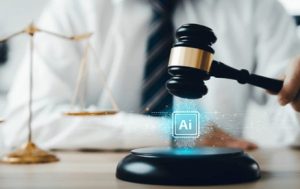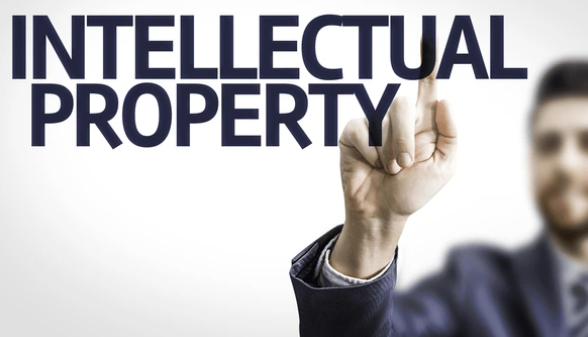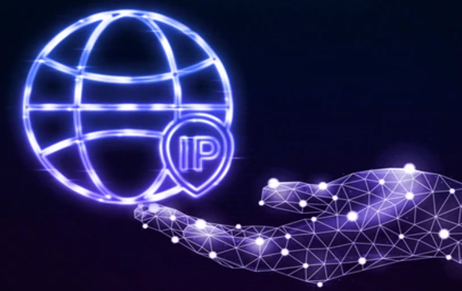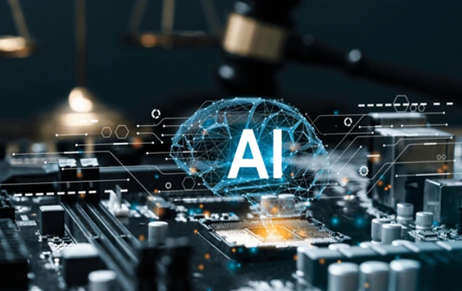The intellectual property (IP) licensing has gone a long way with the pace of technology…
AI and Fair Use: Navigating Legal Challenges in India and the United States
Artificial intelligence has gained a central stage over the past few years with the effects it has on the world. However, there are both positives and negatives of the same. While it has made our lives easier to some extent, it brings with it a lot of legal and ethical problems. One such legal issues is what is referred to as “fair use,” which becomes particularly problematic in the context of the copyright law. Most often, AI systems utilize huge databases to train their algorithms and yield some forms of creative or functional outputs. Such databases may include work that is copyrighted. Thus, fundamental questions arise, such as whether such copying amounts to infringement under copyright law or whether it falls under the purview of fair use. In this article, I aim to discuss the nuances of fair use as it relates to AI, especially with respect to its interpretation and application in India and the United States. Finally, the article makes a case for a development that would simultaneously protect intellectual property rights while encouraging innovation through AI.
Understanding Fair Use and Its Relevance to AI
Fair use doctrine allows the use of copyrighted materials without the consent of the copyright holder under certain conditions. Such conditions might include the use of the materials for criticism, comment, teaching, or research purposes. The issue has extremely important implications in the AI field because many AI models require large datasets for training, such datasets often consisting of copyrighted materials. To determine whether the use constitutes fair use or not is determined based on a number of factors like if they primarily include the purpose and character of the use, the nature of the copyrighted work, the amount used, and the effect on the market for the original work.
The purpose and character of the use usually strongly favor a finding against fair use. Courts generally prefer uses that can be characterized as “transformative,” that is, those which add new expression, meaning, or value to the original work itself. However, in the case of AI, it is not straightforward to determine whether the training datasets or the outputs generated could be considered transformative. AI does not critique or comment on the works it uses, but analyzes them in order to generate new content. Hence, the question arises: does this process sufficiently transform the original material as to qualify for the fair use exception?
Another important factor is market effect. Copyright law seeks to strike a balance between the right of authors to gain economic benefit from their works and the public interest in getting access to and using creative content.
Fair Use and AI in the United States
One of the few jurisdictions with codified fair use is the United States-under Section 107 of the Copyright Act. History has shown that US courts have a very liberal and dynamic approach to fair use, whether the use is transformative or ends up harming the market for the original work.

Authors Guild v. Google, Inc . (2015)[1] is one of the most cited cases in this context. In this case, the Second Circuit Court of Appeals held that Google digitizing books as a part of its Google Books project constituted fair use. The court accentuated that the Google’s use was transformative for the reason that it was providing researchers new pathways to access information by providing a searchable database. Most importantly, the court found that such use would not injure the market for the original works, as this would provide snippets and not the full texts.
It has far-reaching implications for AI training datasets, which, in the same way, appropriate copyrighted materials to be incorporated into new uses. It seems that if copyrighted materials are used to train AI models that do create outputs without any regard for being produce which are unique or enable new functionalities, the use could be considered transformative. This, however, would depend on how the elements are qualified, the amount of material that is used, and its potential on the market.
Another very interesting case, and one in which the ruling should have significant implications for determining the limits of transformative use, is that of Andy Warhol Foundation for the Visual Arts, Inc. v. Goldsmith (2023)[2]. According to this case, the US Supreme Court ruled that although a copyrighted photograph might serve as a starting point for an artwork, its use cannot be considered fair use if it is not transformative enough and threatens the market for that work. This ruling, interestingly, has nothing to do with AI, yet the principles will certainly be applicable to disputes around AI-generated content.
The Indian Position on Fair Use and AI
The concept of fair dealing is discussed under section 52(1)(a) and 52(1)(b) of the Copyright Act of 1957. While the US laws are broader when it comes to fair use, the Indian approach is much narrower and restricted and can be only used for particular purposes, like for instance, private use, research, criticism, or reporting.
According to University of Cambridge v. BD Bhandari (2011)[3], the Delhi High Court stated that a guidebook compiled using copyrighted material served a purpose of transformation, independent from the expressive intent of the original work. The court thus narrowed the reproduction right to the work’s original purpose, indicating that copyright protection may not extend to uses serving different purposes.
AI developers contend that such a lack of expressive purpose is felt by neither human beings nor the AI systems, although the latter are not “experiencing” works either. Unlike the US, however, Indian law is rather ambiguous. Nonetheless, courts could also extend the reasoning as in University of Cambridge to consider that training AI would be transformatively intended if aimed at purposes importantly outside the expressive intention of the original work.
In countries like the US, the concept of transformative use is central to considerations of fair use, which thus affords much flexibility to the policies. However, in India, the absence of this flows into the limited applicability of fair dealing and uncertainty surrounding the legality of repurposing copyrighted works into AI training. Moreover, the Indian copyright law is not designed to meet any of the special challenges posed by artificial intelligence, such as global datasets and techno-creativity by AI.
The Digital Personal Data Protection Act, 2023 provides for the laws related to data privacy and some form of regulation. However, this is not enough and there needed to be proper laws as this leaves the AI developers in an unprotected and a free void.
Challenges in Balancing Copyright and AI Innovation
This current scenario reflects the fundamental tension between the frameworks of India and the United States between protecting intellectual property and promoting technological innovation. Limiting the use of copyrighted works for AI training may too heavily constrain development, and free use threatens to drain the economic rewards that reward the creators.
One of the biggest problems is the vagueness around AI-generated outputs and whether these are derivative works. Outputs that are very similar to copyrighted works may be derivative works, requiring permission from the copyright owner. On the other hand, if an AI system transforms the original material significantly or creates new expressions, it may be deemed a fair use.
AI models are trained on datasets from all over the world. Different jurisdictions have different copyright laws. This leads to a lot of legal challenges for the developers as they have to navigate through various different legal frameworks.
Another important aspect that has to be kept in mind is market impact. It has to be seen if the work generated by AI can replace the traditionally creative works. This might affect the work of the original creators. On the other hand, preventing AI from accessing these copyrighted material might stifle their growth and development.
The Way Forward: Striking a Balance
A balanced approach should be adopted. Laws would be made by policymakers and courts to ensure the respect and integrity of intellectual property rights while allowing a sufficient degree of flexibility in AI innovation. For example, in India, introducing a transformative use criterion could have served as a gap filler between fair dealing and fair use, which would have led to flexibility in resolving issues arising in the wake of AI systems. In the United States, there is an urgent need for clearer rules defining the elements of “fair use,” specifically concerning AI applicants and applicants.
In addition to this, international cooperation is also important. The nature of cross-border AI makes it necessary to ensure harmonized standards wherein copyright issues and innovation are mentioned. Global solutions will create collaborative approaches among countries to one single face of AI and fair use; thereby clearing misunderstandings and paving the way for technology to evolve.
Conclusion
While industries are still being transformed by AI, and creativity continues to redefine itself, there has to be a transformation of the law to understand it. To ensure that sustainability is there, protecting the rights and incentives of the content creators while at the same time fostering AI innovation is paramount. The application of flexible legal frameworks and encouragement of international collaboration will pave for a society where AI prospers as a catalyst for creativity, innovation, and economic growth.
Author: G S Shrinithi, in case of any queries please contact/write back to us via email to chhavi@khuranaandkhurana.com or at IIPRD.
[1] Authors Guild v. Google, Inc., 804 F.3d 202 (2d Cir. 2015)
[2] Andy Warhol Foundation for the Visual Arts, Inc. v. Goldsmith, 598 U.S. (2023).
[3] University of Cambridge v. BD Bhandari, 2011 SCC OnLine Del 3216.



